Singapore Residents:
Adult: S$16, Concession: S$12
Tourists:
Adult: S$19, Concession: S$14
Additional ticket options available
en nav_sessionexpired Your session has expired. Please log in again. Confirm
OTP VERIFICATION To verify your account, click on 'Email OTP' to generate a one-time password that will be sent to your registered email address. Mobile OTP Email OTP or Try another way VERIFY YOUR MOBILE NUMBER NOW VERIFY YOUR EMAIL ADDRESS NOW An SMS containing a one-time password (OTP) has been sent to your mobile number {#}. An email containing a one-time password (OTP) has been sent to your email address {#}. Your mobile number has been successfully verified. Your email address has been successfully verified. The OTP you have entered is incorrect. Didn't receive OTP? Resend OTP Resend a new OTP in {#} DONE OTP request failed. Please try again later. Duplicate OTP request. Please try again after the existing OTP expires.
15 Your session will expire in Click “Continue” to stay signed in or “Logout” to end your session now. {minute} min {second} sec 2 CONTINUE Log out
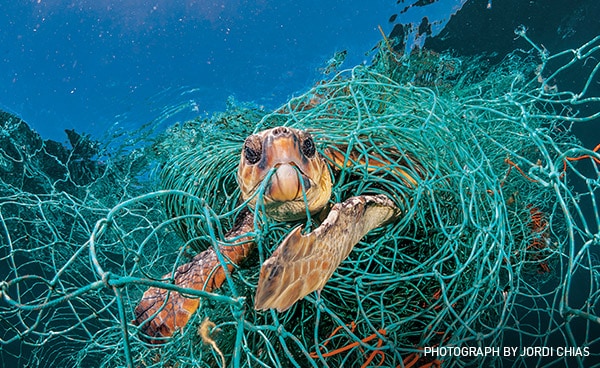
EXHIBITION

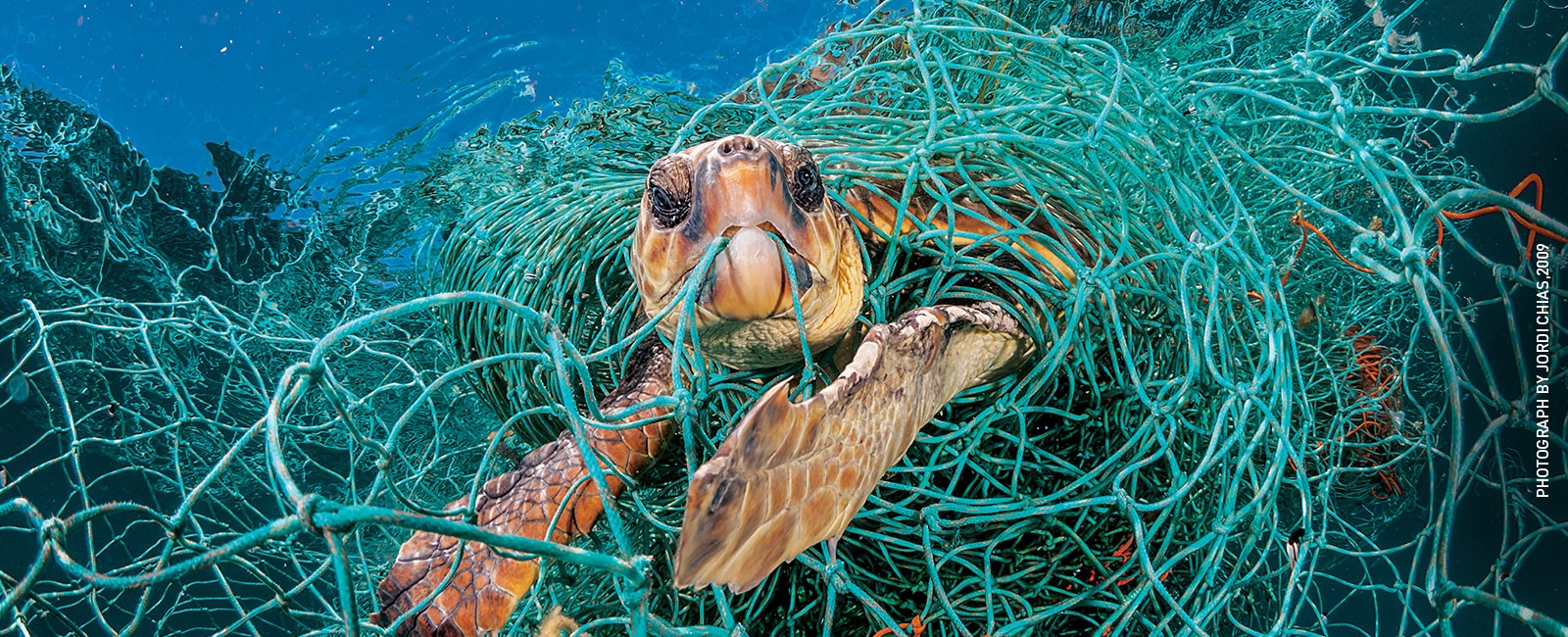
EXHIBITION
From the Arctic to the Antarctic, plastic waste is everywhere. Planet or Plastic?, ArtScience Museum’s first exhibition to launch since re-opening after Singapore’s circuit-breaker, shines a spotlight on the fragility of the natural environment as a result of the global plastic waste crisis. The exhibition endeavours to raise awareness of society’s dependence on plastic by visually depicting the crisis and highlighting the innovative individuals and communities who are working on solutions to this urgent problem.
Featuring the work of researchers, scientists and artists, the exhibition traces the history of plastic from its invention in the mid-1800s to present day where, seemingly everything is made of plastic. Planet or Plastic? explores the plastic pollution of our world’s oceans and uncovers how untold numbers of marine animals die each year from ingesting microplastics. The exhibition uses photographs as a means of making this urgent issue strikingly real.
Planet or Plastic? provides practical steps we can take to responsibly reduce, reuse, recycle, and refuse single-use plastic products.
![]() Ticketed Admission
Ticketed Admission
Singapore Residents:
Adult: S$16, Concession: S$12
Tourists:
Adult: S$19, Concession: S$14
Additional ticket options available

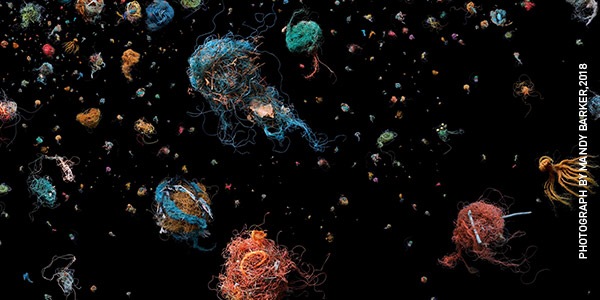
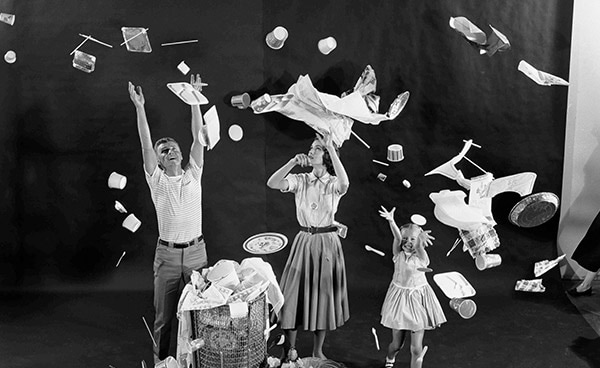



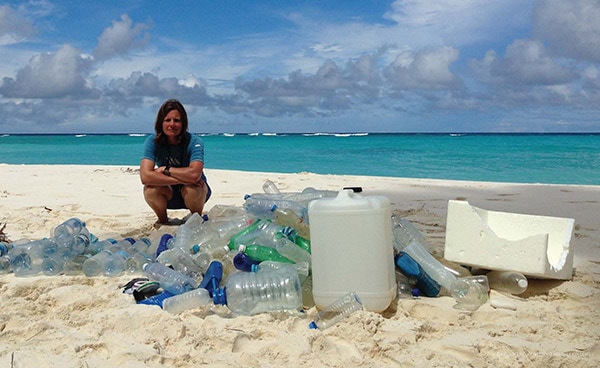
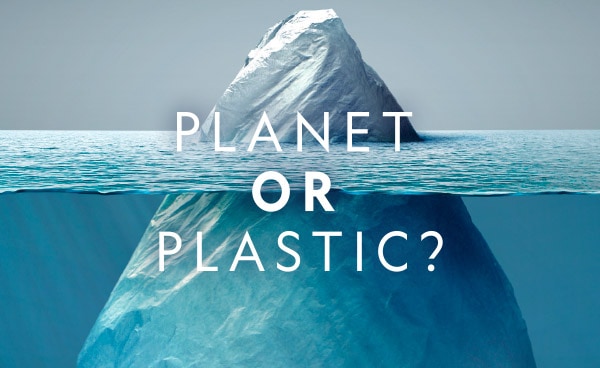


After the war ended, plastic manufacturers had to come up with new ways to sell their products. They adapted materials used on the front lines to suit life at home. After years of making do with what they had, Americans embraced the advent of disposable products. In a 1955 LIFE magazine article entitled “Throwaway Living,” an American family celebrates the dawn of single-use products that cut down on household chores.
PHOTOGRAPH BY PETER STACKPOLE/ LIFE PICTURE COLLECTION/GETTY IMAGES, 1955
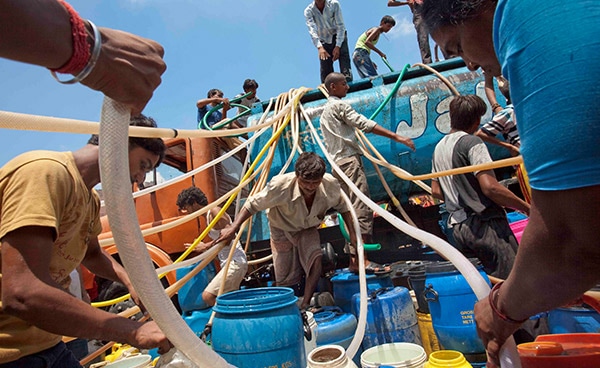
In many areas of the world, clean water for washing, cooking, and drinking is not readily available. Since plastic containers are lightweight and tough, they are an excellent way to transport water long distances. Even though bottled water has gotten a bad reputation, when disaster strikes, plastic bottles are also the fastest way to get water to people who need it. Here, residents of a parched slum in Delhi, India, swarm a tanker to siphon water into plastic containers.
PHOTOGRAPH BY JONAS BENDIKSEN, 2009
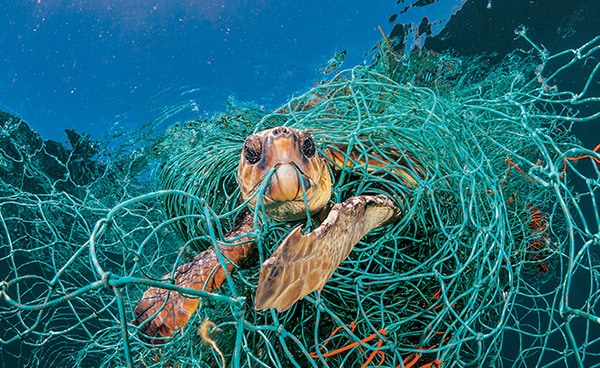
A loggerhead turtle is ensnared in an old plastic fishing net in the Mediterranean Sea off the coast of Spain. The turtle could stretch its neck above water to breathe, but it would have died if the photographer had not freed it. Ghost fishing by derelict or abandoned fishing gear is a big threat to sea turtles and other marine animals.
PHOTOGRAPH BY JORDI CHIAS, 2009

To ride ocean currents, seahorses clutch drifting seagrass or other natural debris with their tails. The debris acts as a sail, whisking the tiny seahorse along with the current. In the polluted waters off the Indonesian island of Sumbawa, this seahorse latched onto a plastic cotton swab instead—“a photo I wish didn’t exist,” says photographer Justin Hofman.
PHOTOGRAPH BY JUSTIN HOFMAN, 2016
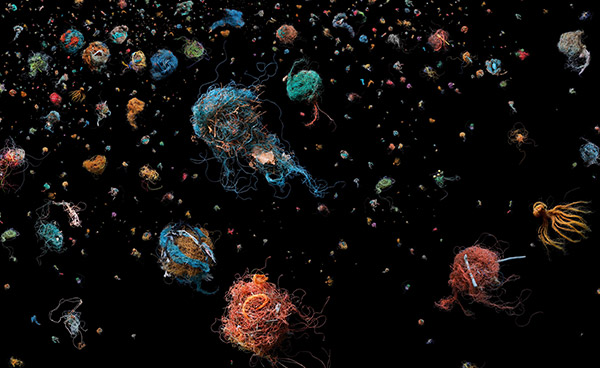
In this image photographer Mandy Baker captures discarded fishing line that has formed nest-like balls due to tidal movements of the ocean. In time these nests collect other debris in their path. Some of the nests also resemble jellyfish or other marine creatures.
PHOTOGRAPH BY MANDY BARKER, 2018

If you licked one of these “treats,” you’d encounter cigarette butts, oil, oozing trash, and a whole lot of plastic and other unsavoury pollutants. Three art students collected water from a hundred sites around Taiwan and then froze it into blocks. The artists—Hong Yi-chen, Guo Yi-hui, and Zheng Yu-ti—hope to draw public attention to water contamination and inspire people to generate less waste through their frozen creations.
PHOTOGRAPH BY ZHENG YU-TI, 2018

Not all recycling is done by electronic sorting machines. In the developing world, this is what the process looks like. Toplun Plastic Corporation in Valenzuela City, located on the outskirts of Manila, Philippines, imports plastic scrap and PET bottles and turns them into plastic pellets—the feedstock for making new plastic products out of recycled plastic. Even bottle caps are recycled here, but the exhausting effort needed to sort through the plastic is only possible through low-cost labour.
PHOTOGRAPH BY RANDY OLSON/NATIONAL GEOGRAPHIC, 2017

Currently about one-fifth of all plastic waste is recycled, but in the United States the proportion is lower—only about 10 percent. Recology’s largest recycling plant in San Francisco, California, handles 500 to 600 tonnes of waste daily. One of the few plants in the U.S. that accepts shopping bags, it has more than doubled the tonnage it recycles in the past 20 years. The conveyor belt is carrying mixed plastic to an optical sorter.
PHOTOGRAPH BY RANDY OLSON/NATIONAL GEOGRAPHIC, 2018

Photo illustration by Jorge Gamboa/National Geographic, 2017

Biologist Heather Koldeway is a 2018 National Geographic Fellow. She co-founded Project Seahorse in 1996 and is recognised as the world’s leading authority on seahorses.
PHOTOGRAPH COURTESY OF HEATHER KOLDEWEY
The educational Interactive Space in the exhibition focuses on how COVID-19 has increased our usage of single-use plastic, especially through the usage of disposable face masks. It asks the question, "Have you ever wondered what happens to your disposable mask when you’re done with it?" Masks help us stay safe and protect our community but that doesn’t mean we should let them harm the environment.
Find your own path on a trail in the Interactive Space that includes interactive challenges which reveal the damaging consequences of our increased use of disposable plastic. The path winds toward a powerful reflective conclusion, a mirror in which you are faced with yourself and your choices. What happens to your single use plastic after you’ve used it? What choices can you make to be a better friend of the environment?
The Interactive Space uses ArtScience Museum's 'feet-first' approach to tactile interaction within the gallery, inviting visitors to activate interaction stations with their feet, instead of their hands.
The educational Interactive Space in the exhibition focuses on how COVID-19 has increased our usage of single-use plastic, especially through the usage of disposable face masks. It asks the question, "Have you ever wondered what happens to your disposable mask when you’re done with it?" Masks help us stay safe and protect our community but that doesn’t mean we should let them harm the environment.
Find your own path on a trail in the Interactive Space that includes interactive challenges which reveal the damaging consequences of our increased use of disposable plastic. The path winds toward a powerful reflective conclusion, a mirror in which you are faced with yourself and your choices. What happens to your single use plastic after you’ve used it? What choices can you make to be a better friend of the environment?
The Interactive Space uses ArtScience Museum's 'feet-first' approach to tactile interaction within the gallery, inviting visitors to activate interaction stations with their feet, instead of their hands.
Climate Conversations brings together climate scientists and ecologists from the region in a programme of talks that spotlights some of the most profound stories from the frontlines of conservation and climate innovation.
This online talks series runs parallel to Planet or Plastic? and opens with a talk by Cynthia Doumbia (Director, International Exhibitions at National Geographic Society), who will share about how this multi-year initiative harnesses storytelling to tackle the global plastic waste crisis and effect meaningful change.

6 Oct, 8.30pm
The series launched with a talk by Cynthia Doumbia (Director, International Exhibitions at National Geographic Society), who spoke about how this multi-year initiative harnesses storytelling to tackle the global plastic waste crisis and effect meaningful change.

20 Oct, 5pm
Intan Suci Nurhati (senior researcher at the Indonesian Institute of Sciences’ Research Center for Oceanography and National Geographic Explorer) highlighted issues in plastics management and her recent research work on the rising tide of pandemic-driven plastic waste.
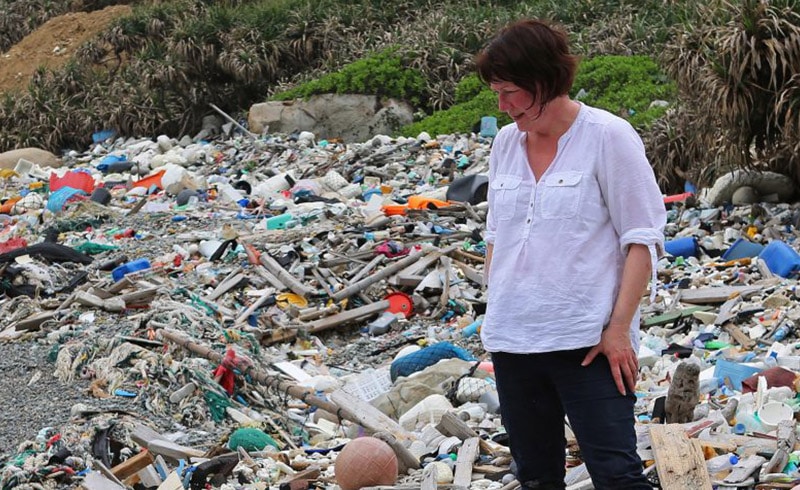
26 Nov, 5pm
Mandy Barker (photographer and National Geographic Explorer), whose work involving marine plastic debris has received global recognition, shared how she has been working alongside marine scientists to transform data on ocean plastics into arresting collages of pollution.
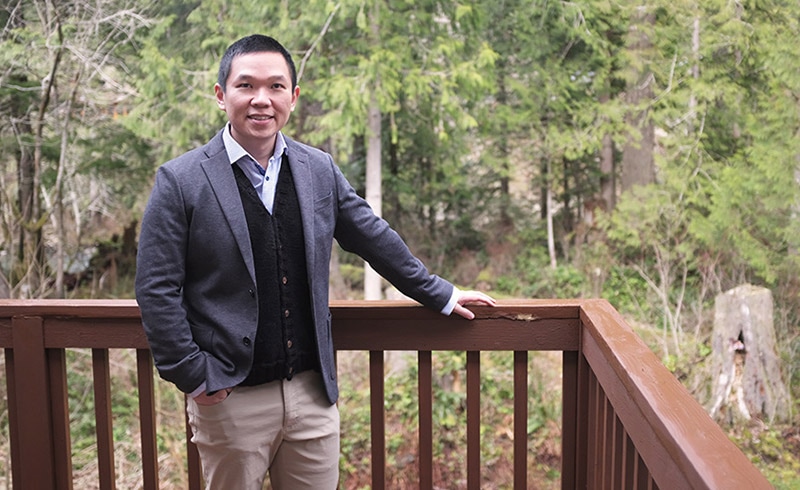
26 Jan, 5pm
Renowned conservation scientist Lian Pin Koh (Director of the Centre for Nature-based Climate Solutions at National University of Singapore) joins us in the penultimate talk to speak about how a better understanding of the potential and limits of nature-based climate solutions is needed to help inform our climate policy and investment decisions.
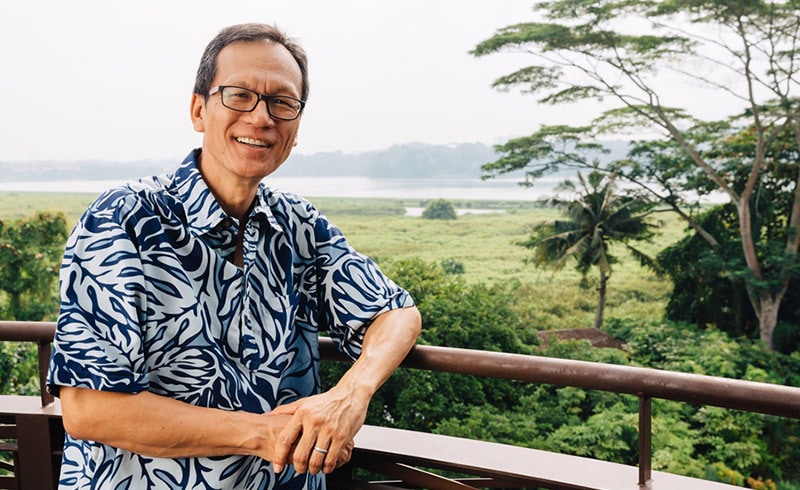
10 Mar, 8pm
Shawn Kaihekulani Yamauchi Lum (President of Nature Society Singapore, and Senior Lecturer, Asian School of the Environment at Nanyang Technological University) will join us in the concluding iteration in the series.
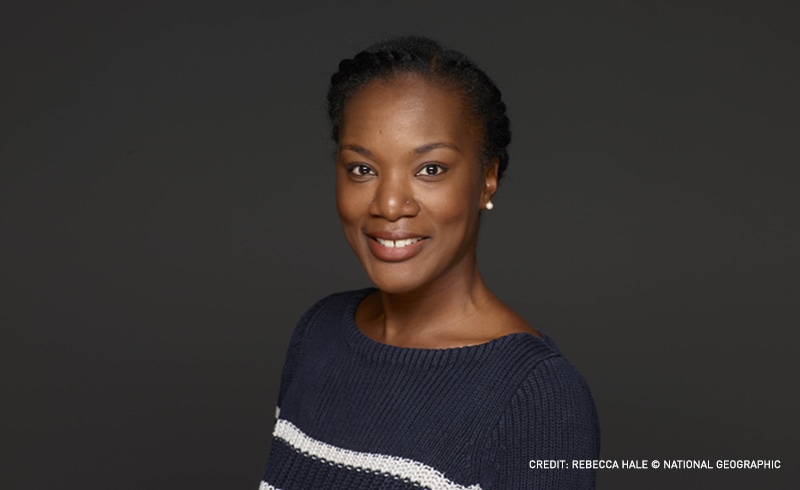










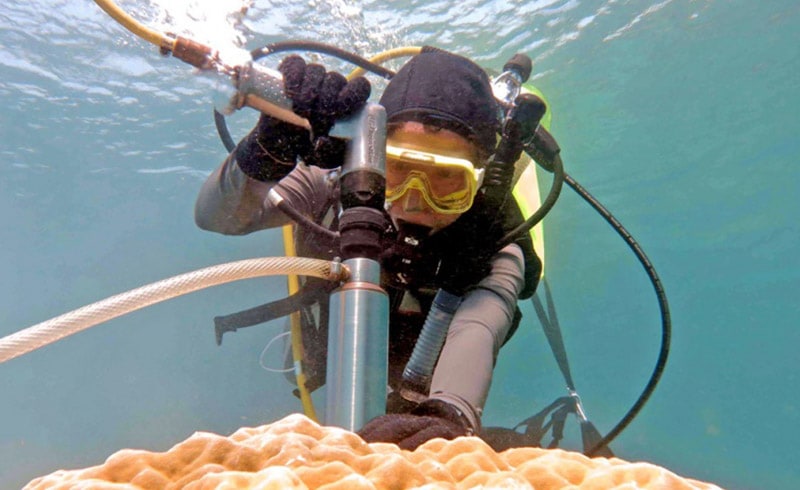



Join us on this thought-provoking tour to learn more about on the history of plastic and how it has shifted from being a modern marvel to becoming a global pollution concern. Find out what you can do and become part of the solution today. Complimentary to ticket-holders of Planet or Plastic? exhibition. Up to 10 participants on a first-come, first-served basis.
加入我们艺术科学博物馆一小時的導 覽,以不同的角度來观赏 Planet or Plastic? 。 展览由《国家地理》杂志主办,将通 过摄影作品和影片展现当今全球的塑 料污染危机 導覽将会在每个周末星期六和星期天中午4点开始。仅限 10 位, 先到先得。
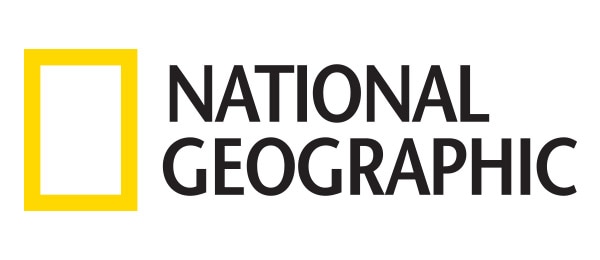
Planet or Plastic? is organised and traveled by the National Geographic Society.
The National Geographic Society is a global nonprofit organization that uses the power of science, exploration, education and storytelling to illuminate and protect the wonder of our world. Since 1888, National Geographic has pushed the boundaries of exploration, investing in bold people and transformative ideas, providing more than 14,000 grants for work across all seven continents, reaching 3 million students each year through education offerings, and engaging audiences around the globe through signature experiences, stories and content. To learn more, visit www.nationalgeographic.org